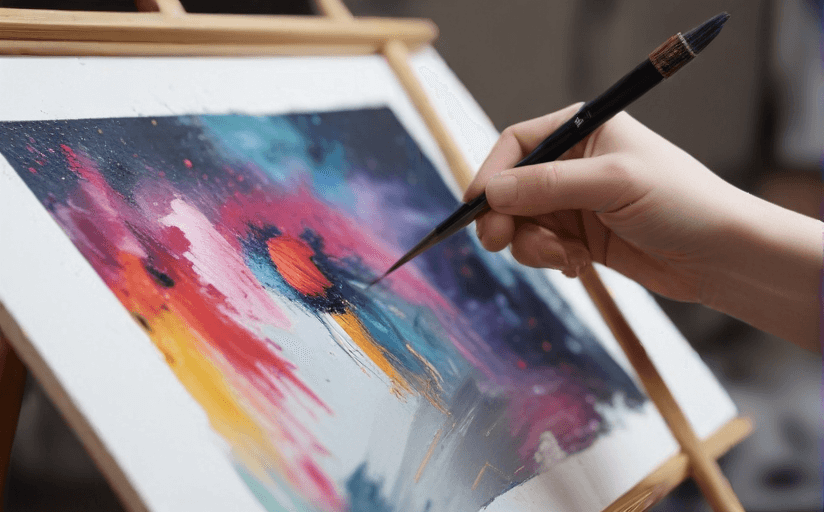The Influence of Digital Media on Traditional Art Forms
The world of art, just like any other sphere of life, has not been left untouched by the sweeping revolution brought about by digital media. The advent of digital technologies has significantly transformed traditional art forms such as painting, sculpture, music, and theater. In this article, we aim to deliver a comprehensive analysis of the influence of digital media on traditional arts, examining both positive and negative implications.
The Digital Impact on Creation, Distribution, and Consumption of Art
Digital media has paved the way for swift production of artworks, innovative creation methods, and more seamless distribution channels. The ability to create digital art on platforms such as Adobe Illustrator or Procreate allows artists to experiment without the fear of wasting resources. Art can now be produced, shared, and sold at a speed that was once unimaginable.
The rise of online platforms has widened the audience reach, making art more accessible. The digitization of the Mona Lisa, for example, has allowed millions of people to view this historic piece, an opportunity traditionally reserved for those who could physically visit The Louvre.
Democratization of Art and Evolution
Digital technology has democratized art not only by making artworks more accessible but also by providing platforms where any artist, regardless of their professional training and qualifications, can showcase their work. Websites like DeviantArt or Dribbble have given talented individuals a platform to gain recognition, leading to a more inclusive art world.
Beyond democratization, the digital era has spurred innovation and evolution in traditional art forms. In music, for instance, digital technologies like Auto-Tune and Digital Audio Workstations (DAWs) have opened up new realms of sonic possibilities.
Loss of Traditional Skills
However, the influence of digital media on traditional art is not without drawbacks. As artists increasingly turn to digital formats, there are fears about the potential loss of traditional skills. For instance, they may rely heavily on digital tools to correct mistakes, while traditional arts demand precision and careful planning. This over-reliance on digital capabilities could potentially dilute the essence of traditional artisan skills.
The Future of Traditional Art Forms in the Digital Age
Despite the profound impact of digital media, traditional art forms continue to hold their relevance and authenticity. An original painting's tactile nature, the emotion conveyed through a human voice in a theatrical performance, or the feel of a hand-carved sculpture cannot be precisely replicated digitally.
Yet, the face of traditional art is changing as artists adapt to the digital era with everything from digital galleries to theater productions streamed online. It does not suggest the end of traditional art forms, but rather their evolution in a technologically advanced world.
In conclusion, digital media's influence on traditional art forms is both transformative and multi-dimensional. It has democratized and innovated art, while also challenging the preservation of traditional masteries. The future may see a further blending of digital and traditional methods, resulting in a more diverse and inclusive art world.



















Comments
Leave a Comment